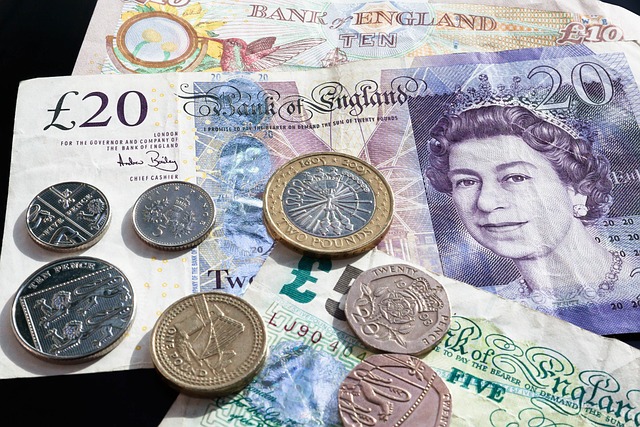
The number that is divided by another is called a dividend.
Dividend , from the Latin dividendus , is the amount or number that has to be divided by another or another. In the arithmetic operation of division , it is about finding out how many times the divisor is contained in the dividend. The entire result of division is called the quotient .
For example: if we divide 16 into 2 ( 16/2 ), we will have 2 as the divisor and 16 as the dividend. The 8 is the result of the operation, that is, the quotient.
It can be said, therefore, that the dividend is equal to the quotient times the divisor plus the remainder. In our previous example: 16=8×2+0 .
In the account 45/5=9 , 45 is the dividend, 5 is the divisor and 9 is the quotient ( 45=9×5+0 ).
Dividend in finance
In the field of economics and finance , the dividend is the remuneration for the investment that a company grants to its shareholders according to the number of shares of each one. The dividend is paid with resources that originate from the company 's profits during a certain period and can be paid either in money or in more shares.
The General Assembly of Shareholders of a company is responsible for deciding when and how dividends are paid. If it is decided that 0.25 pesos will be paid for each share, the person who has 5,000 shares will receive 1,250 pesos . On the other hand, if the decision is to distribute dividends in shares and a remuneration of one share is set for every 80 shares owned, the subject in the previous example will receive 62 shares .

In finance, the dividend is the remuneration that a company makes to its investors according to the number of shares they own.
Profit sharing
A portion of the profit obtained by a commercial company is known as an active dividend , which must be distributed among its partners, according to the agreements of its corporate bodies. In other words, it is a credit that each member has, once its distribution is decided.
Every year, commercial companies are legally required to close accounts , which generally takes place on the last day of the calendar year, although this may vary depending on the needs of the partners and is specified in their statutes.
The Profit and Loss Account ( P and G ) is one of the financial statements that derive from the closing, and consists of data on the results that the company has obtained during the year to which said account refers. When profits are obtained, the following must be compensated for the losses that have accumulated in previous years and that reduce the value of the net worth with respect to its share capital; provide reserves, both legal and statutory (if the statutes provide for them).
At this point, it is possible to distribute the profit obtained among the partners, according to the decision made by the General Meeting of Shareholders , which includes the amount, the payment method and the date on which the distribution will be made; One of the possibilities is to carry it out for future benefits. In order for the latter to be fulfilled, it is necessary that:
* the company's directors can justify the existence of sufficient liquidity;
* the dividend in question is not greater than the magnitude of the results obtained since the end of the previous year;
* Sufficient amounts are not distributed to compensate for losses from past years, to satisfy the profit tax expected to be received and to fund reserves.
Passive dividend
This is the credit that a company can have against the partner who has not paid out the total number of shares subscribed as a result of the founding of the company or an increase in capital through the issuance of new shares.
Until the shareholder pays the passive dividends, the right to vote at General Meetings , to preferential subscription and to receive dividends is not returned. Likewise, the delay must be compensated through late payment interest .
